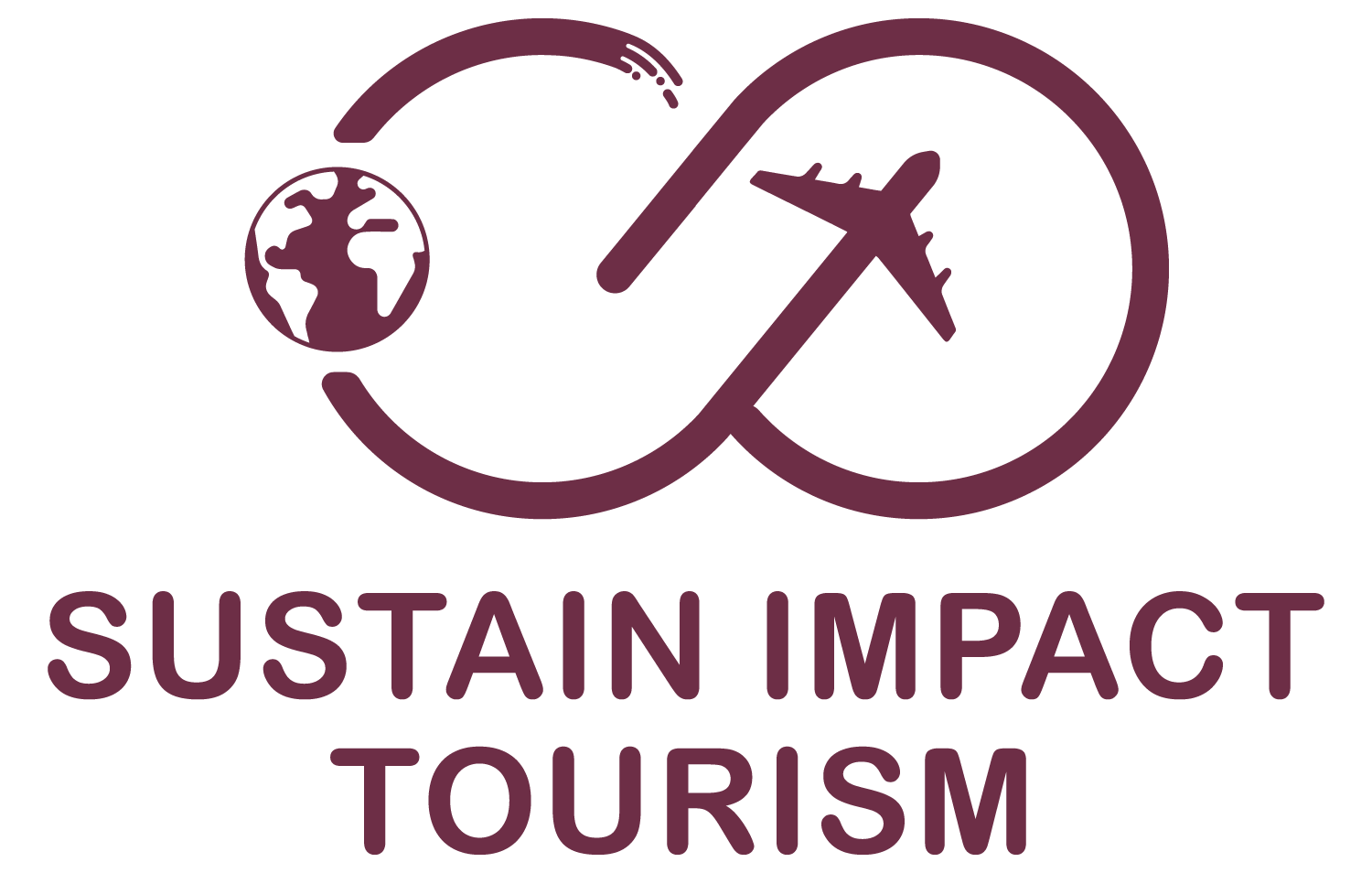Sustainability Report: Tips and Tricks for Impact
Navigating the intricate landscape of crafting a sustainability report can feel overwhelming, especially for SMEs that are new to the topic of sustainability. It's not just about getting the facts straight and keeping things clear; it’s also about writing a compelling story that truly reflects the company’s dedication to sustainability. However, it does not have to be difficult. We’re going to unpack some savvy strategies and smart writing tips designed to improve your reporting skills so that your sustainability reports do more than just inform—they motivate readers into action and fuel progress toward a better tomorrow where tourism meets sustainability.
Best practices for structuring a powerful sustainability report
Putting together a sustainability report is like crafting an intricate dance – each step is fluid, every motion naturally leads to the next. A sustainability report is the result of ongoing work in the field and it does not stand alone. Prior to being able to write one, a company has to have done a sustainability strategy (possibly including the incorporation of sustainability certification) and collect data related to the KPIs set there.
Here is an example structure of the report:
Start with an engaging executive summary and introduction that really captures what your report's all about. It is very possible that many will just read that one paragraph (since we live in such a fast word and not many have time to dig deep).
Provide a business overview. In case you are doing a business report and a sustainability report, this may get repetitive, but it remains equally important to set the context.
Summarise the sustainability strategy of your business with an overview of the long-term goals (that may have been completed or may be ongoing) and short-term goal tackled the year that is being reported on. Highlight risks and opportunities in the strategy and your business’ response to both. Identify KPI.
Report on the company’s situation in the year reported upon. What was the market like? How were you able to respond to challenges and opportunities? What have you learned in the process?
End with a strong conclusion in which you give hope and set out some next steps. This is not your strategy, so there is no need to go into details, but it is good to highlight focus.
Remember that you cannot ignore performance indicators, including stats on energy consumption, greenhouse gas outputs, saving water, reducing waste. However, do not just throw numbers at us, tell us the story behind them. How are you doing compared to last year or even your competitors?
And let's chat about stakeholder engagement! A top-notch sustainability report gives us the scoop on how well you play with others: listening to stakeholders is key. What major issues have come up? And what has your company done in response? It keeps things honest and relatable because nobody wants to read something that feels one-sided.
Essential steps for crafting a compelling sustainability report
Ever felt that deep sense of contentment flipping through a sustainability report so meticulously put together? It's akin to piecing together a puzzle, where every bit mirrors the commitment of a business towards ethical and environmental stewardship. The first step in crafting this masterpiece is nailing down some concrete objectives. What is do you want to communicate in this report?
Furthermore, remember your audience. Employees want recognition, customers crave transparency, investors are after results – they all pitch in with views that could add depth and life to your story. Then comes the very crutial data hunting. If you're not tracking it, how can you hope to control it? It is not just about having data, though.
Make sure they are relevant and significant too AND that you are able to create a narrative. Get real! Nobody wants to hear that you are the best company and that you have everything figured out (for starters, because nobody does). Own up to those bumps on your sustainability journey alongside triumphs—it grounds your report in authenticity and relatability. What is more, do not just toss around stats, but tie them to meaning. Ever wondered what slashing water use by 20% actually signifies? Report on its ripple effect on the local neighborhoods and green spaces! By framing your numbers within their broader impact, you give stakeholders a clearer view of how significant these wins really are.
Keeping consistency is another key aspect of report writing, especially if the report is written by several departments at the same time. The voice and approach should remain the same not only within one report but also across the years.
In the next step, incorporate visuals! Graphs, charts, and photos turn dense data into easy to understand information. Caught a big jump in how much green energy has been used this year? Plot it out on a graph to show off those numbers! However, don't overdo it, clarity at first sight is key here.
Innovative approaches to report writing in sustainable tourism
Who's to say sustainability reports can't be lively and inventive? Take inspiration from the pioneers, injecting a dash of creativity right there. Begin with the layout: might an interactive digital report captivate your readers more effectively than just another static page? Picture this—clickable graphs and real-time data streams transforming that same old report into something truly immersive. Now think about customization options. With tech at your fingertips, you can customize what viewers see based on who they are. Imagine giving investors a deep dive into financials while customers get an up-close look at how their community benefits.
Another idea is to gamify your report. Spice things up by adding features that give your audience a pat on the back for diving into what your have to say. Why not throw in a sustainable tourism trivia challenge, or 'high-fives' as readers conquer each segment of your report? These clever additions are surefire ways to ramp up user interaction and help make your message stick.
Storytelling plays a vital role in promoting sustainable tourism by connecting visitors to the destination, educating them, and encouraging responsible and ethical travel practices. It helps preserve cultural heritage, empower local communities, and create engaging and memorable experiences that benefit both tourists and the places they visit.
Final thoughts
Sustainable reporting is most effective when it combines simplicity with narrative. Weave it together using smart writing hacks with techniques for report crafting, so that your business can shine a light on their path to more sustainable practices. These reports put sustainable tourism in the spotlight, using compelling writing that transform data into stories with real impact on the readers.
Ready to draft your first sustainability report but unsure where to get started? Book your free 30-min discovery call with Sustain & Impact Tourism!


